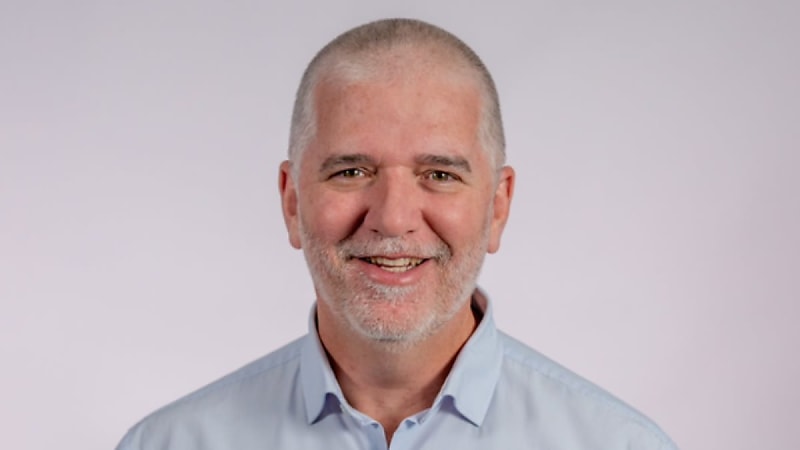Advisers urged to check fund circumstances before starting wind-up
Advisers should be aware of several things before they recommend winding up an SMSF, says a technical specialist.
Craig Day, head of technical services for Colonial First State, said each year, approximately 18,000 SMSFs are wound up on the advice of a financial adviser.
“Before providing any wind-up advice, there are a number of things that an adviser should check as depending on the fund circumstances, they could impact either the decision to wind up or the order of steps that the trustee should take,” he said in the latest episode of the FirstTech podcast.
Mr Day said there are two different types of SMSF wind-ups – a voluntary or a forced wind-up.
He explained that in the case of a voluntary wind-up, trustees may opt to wind up their SMSF for a range of reasons. While death is the most common reason, Mr Day said incapacity is also customary.
Moreover, he explained that someone could opt to wind up their fund because it has become too small to justify from a cost perspective.
On the other hand, a forced wind-up typically happens if the trustee becomes a disqualified person due to a range of circumstances.
“It could be the ATO has noticed some dodgy trustee behaviour and one of their compliance avenues is to make the trustee a disqualified person,” Mr Day said.
“Then there are situations where the trustee is simply offering to wind up the fund to avoid the risk of being made non complying.”
Advisers’ checklist
Mr Day said before recommending a wind-up, advisers should first find out the CGT position of an SMSF.
“The fund is going to be selling assets, potentially to fund rollovers or doing in-specie transfers which trigger CGT events that may crystallize a large capital gain,” he said.
“That would reduce the amount available to rollover or payout.”
He added that it is also important to consider any deferred gains that may be lurking in the fund’s tax records from the introduction of the transfer balance cap, which would also need to be brought to account if the fund sells or transfers those assets.
“It's really important to have an idea of the impact of those capital gains,” he said.
“If the client is only a couple of years away from retirement phase and transferring into pension, we're effectively now paying CGT that we may not have to pay if we keep the fund open till that point in time.”
For funds with members in the tax-free retirement phase, while this may be less important it still needs to be considered, he said.
“If the fund is 100 per cent in pension phase, that is, it's using the segregated assets method by default, then so long as all the assets are sold prior to fully commuting the pension, any gains realised would simply be disregarded and therefore tax-free,” he said.
“However, if the fund has both pension and accumulation assets, maybe due to the transfer balance cap limiting the amount a member can transfer to the tax-free pension phase, the CGT exemption will generally (or will be required to be) calculated using the unsegregated assets method and part of any net realised capital gains will be taxable.”
He added that in this case, an adviser should try to have an idea of what that CGT liability may be before they recommend a wind-up.
“It’s also important to consider whether the fund would be in a net capital loss position, as losses technically have a value as they can be carried forward to offset any future gains,” he said.
“If we wind up a fund in a net capital loss position, those losses will be extinguished when the fund is finally wound up and again it’s important the client is made aware of these issues so they can make an informed decision.”
Additionally, Mr Day highlighted that an adviser needs to be aware of whether the fund has frozen or illiquid assets.
“You are not going to be able to wind up until all of those assets are out of the fund,” he said.
“You could consider approaching the product provider to see whether they've got any hardship provisions which would allow you to potentially transact on those assets”.
If there are no hardship provisions, Mr Day said it is possible to do an off-market transfer where the fund either sells the assets to the members or pays them out as an in-specie lump sum benefit.


